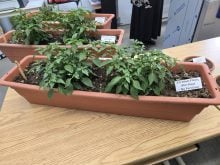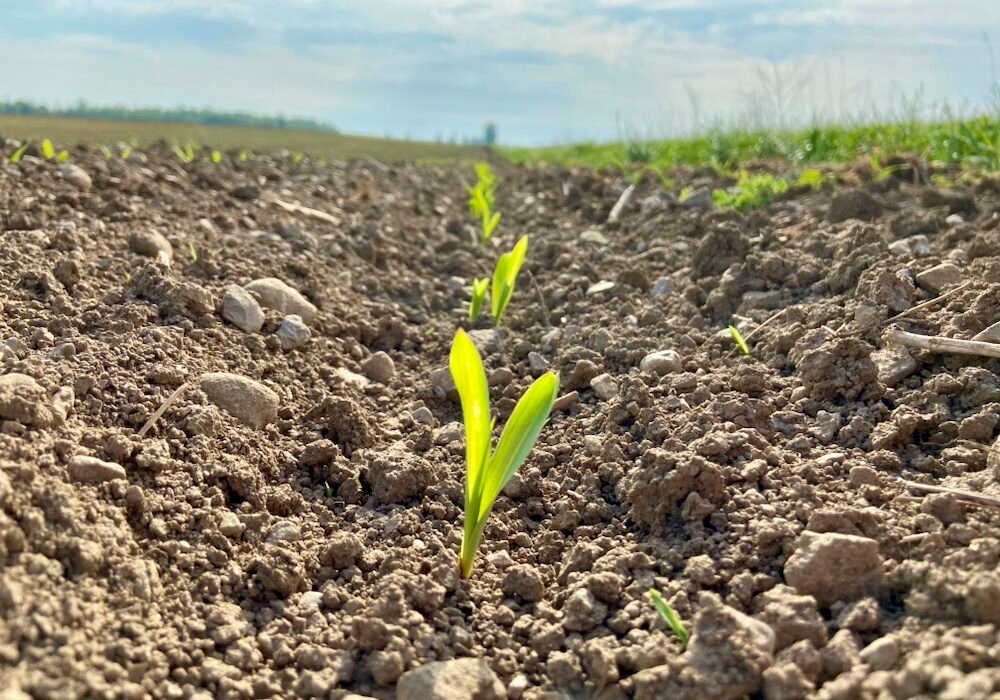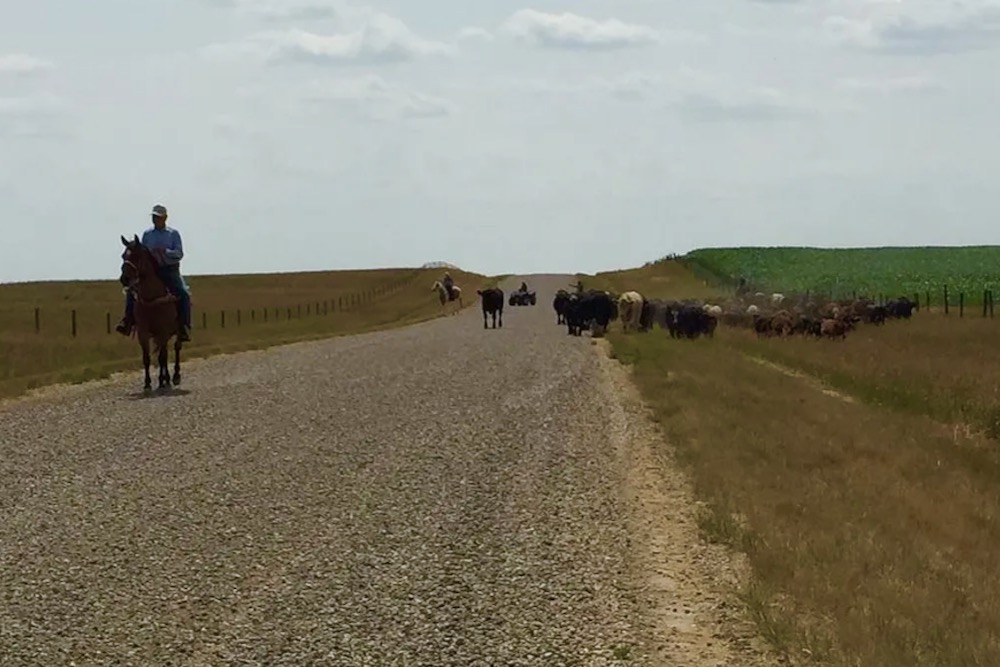Walking on the depleted peat bog at Elma, Man., is like walking on a firm mattress.
Pick up a handful to look closer, and the fragments of sphagnum moss are readily visible in the russet soil.
The fresher stuff — a layer of golden, horticultural grade peat — has been harvested. The remainder is years older and was once buried under three or four feet of moss.
Read Also

What is perfect Christmas weather?
What is ‘perfect’ Christmas weather on the Prairies? Here’s where you should head this holiday, according to historical weather data.
Researchers from Brandon University are running experiments at the site in hopes of finding successful ways to restore it.
Why it matters: Manitoba peat harvesters need to restore the areas they’ve harvested, and that can be difficult to do.
“The [techniques] that have been used here, I guess those sites have not really been successful,” said researcher Collins Chilaka, speaking to a tour group hosted Aug. 8 by the Manitoba Soil Science Society at Sun Gro Horticulture’s Elma site.
Chilaka is experimenting with transferring “donor moss” to the Elma site, a technique similar to one used with some success in Quebec. The hope is to restart growth of peat in the area.
What’s in a bog?
Manitoba’s peatland is a network of bogs and fens. A fen is an area that receives groundwater and surface water and is typically more diverse than a bog, with more moss species, shrubs and trees, and more nutrients, says the province’s website.
Fens can turn into bogs, which are usually raised above the landscape due to accumulation of peat, and only get water from precipitation. They’re typically dominated by sphagnum moss but can host shrubs and trees. The untouched bogs around the Elma site are treed.
Manitoba has about 17 per cent of Canada’s peatlands, which make up 90 per cent of its wetlands and cover about a third of the province, according to Government of Manitoba data. The Manitoba peat industry began around 1940. Today, peat is mainly used for horticulture.
At Elma, the peat processing plant was built in 1974, and though the plant is still in operation, extraction at the site “progressively ceased” between 1991 and 2017, Chilaka wrote in a tour handout.
A Sun Gro employee told the tour group that peat bogs are partially drained before they can be harvested. A crew fluffs up the top layer of peat with harrows. It’s allowed to dry for 24 hours and then machines suction off the top layer.
The machines only gather a few millimetres of peat at a time, the province’s website says. About 10 cm of peat are harvested in one season.
Manitoba’s Peatlands Stewardship Act requires companies to restore peatland after harvest.
Turning back the clock
In a tour handout, Chilaka explains that most Canadian peatlands are restored to bogs but this may not be appropriate for Manitoba’s colder, drier climate. He’s working to return the Sun Gro site to a fen.
“For every peatland, it’s a fen that starts it,” he told the tour group.
“Harvested sites rarely return to functional ecosystems after abandonment because drainage and peat extraction lower the water table and expose relatively decomposed peat, which is hydrologically unsuitable for sphagnum moss reestablishment,” Chilaka wrote.
Harvesting peat via suction also removes the seeds and plant material needed to grow new moss, he added. If the bog was re-flooded and left to its own devices, cattails would take over.
Chilaka is trying six treatments at the Elma site, which include diking or ridging parts of the site to re-establish natural water flow, and the application of “donor moss” material and mulch to re-establish vegetation.
The researchers will also create “ecotones,” or transition zones, between the fens and surrounding ecosystems that allow for movement of water, nutrients and energy between them, Chilaka wrote.
The technique has been used to restore bogs in Quebec, but the Elma study breaks new ground because it will restore a fen. It’s also the largest single restoration project to come out of the Peatland Ecology Research Group and the Canadian Sphagnum Peat Moss Association. In total, the plan is to restore 1,000 hectares (2,471 acres) of peatland.
Important industry
Canada’s peat industry harvests 11.8 million cubic metres of peat per year, according to the association. In 2023, it exported some $646 million worth of peat, according to federal data. Only 0.03 per cent of Canadian peatlands have been harvested, the association says.
Peatlands play a vital role in regional ecology, Chilaka wrote. They provide habitat for diverse plant and animal species and store significant amounts of carbon.
Peatlands cover only three per cent of the Earth’s surface but store “more carbon than all the world’s forests combined,” wrote University of Brandon researchers Pete Whittington and Maria Strack in 2021.
“Responsible use of this resource is critical and includes prompt and active restoration after peat extraction,” they added.
















